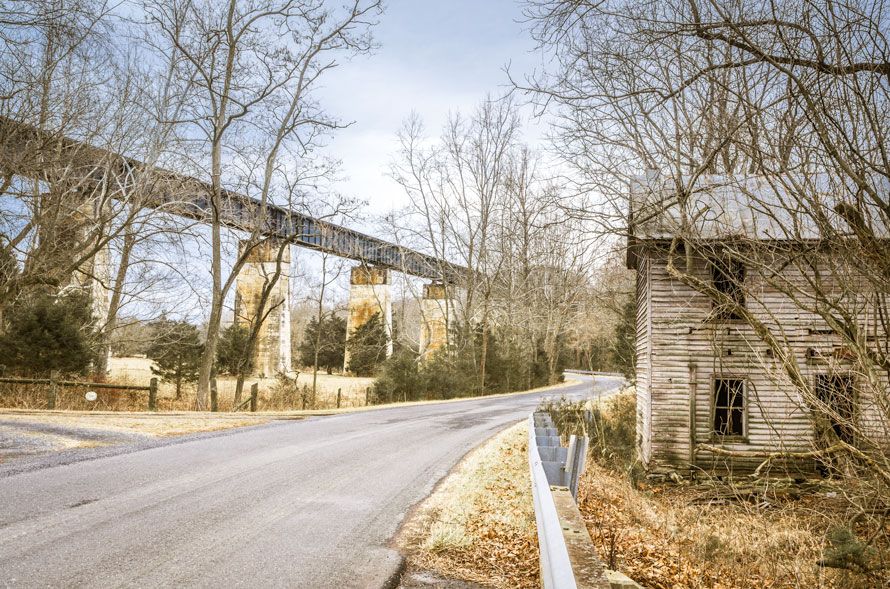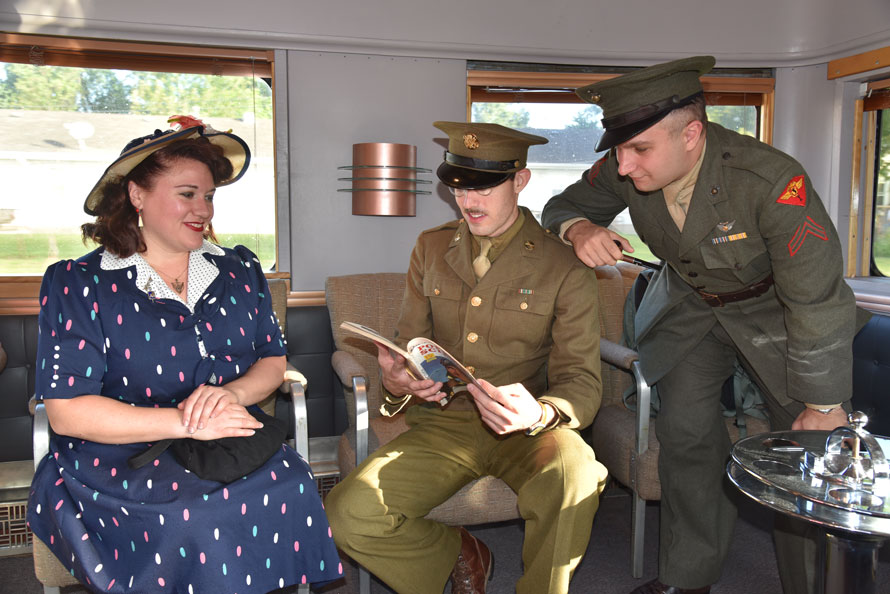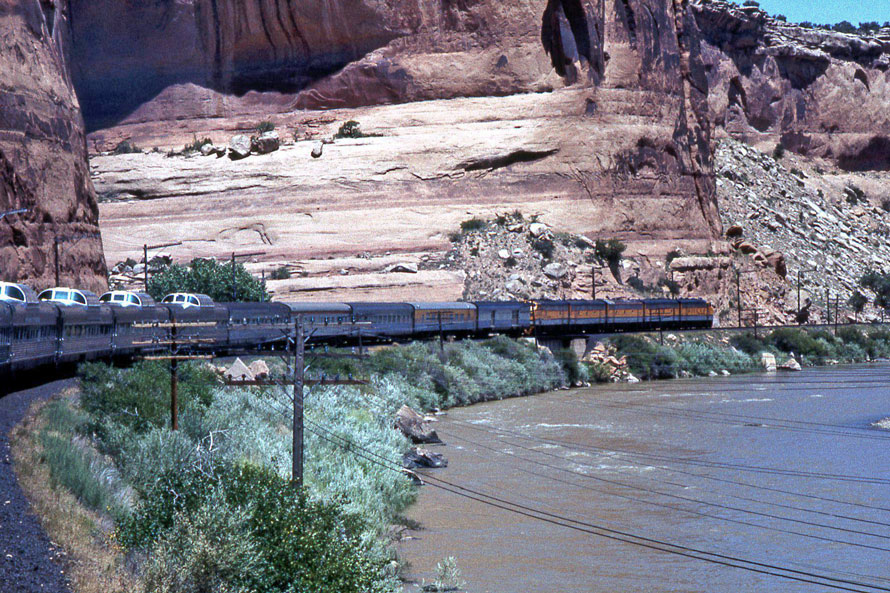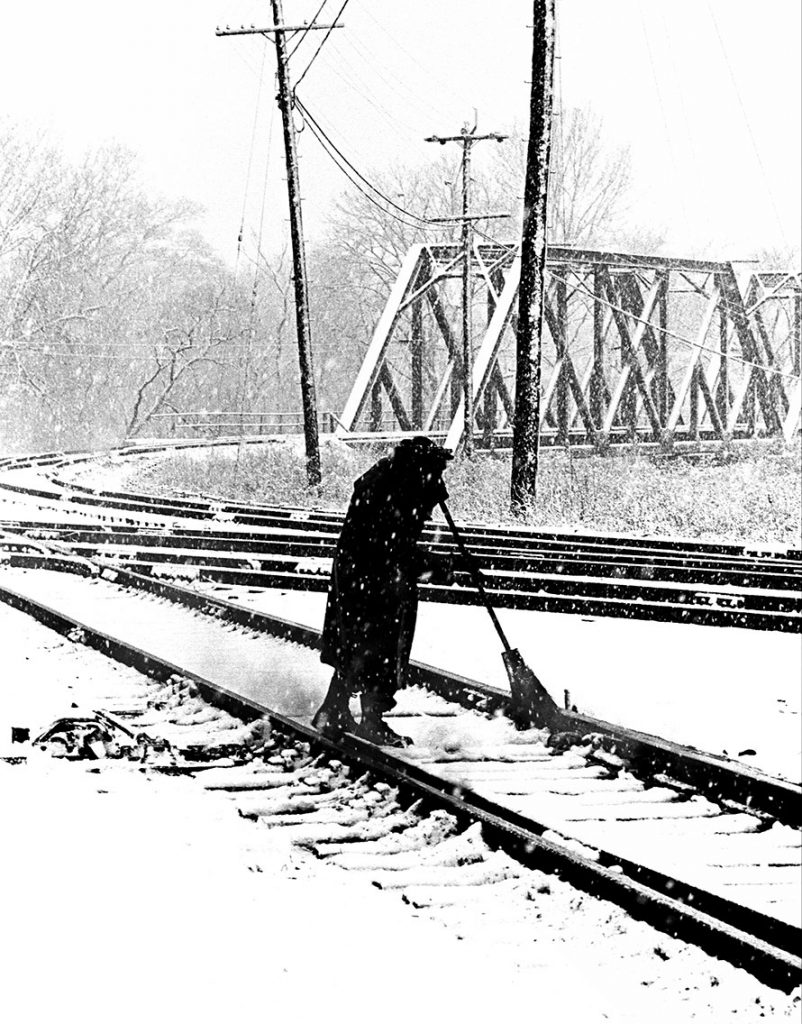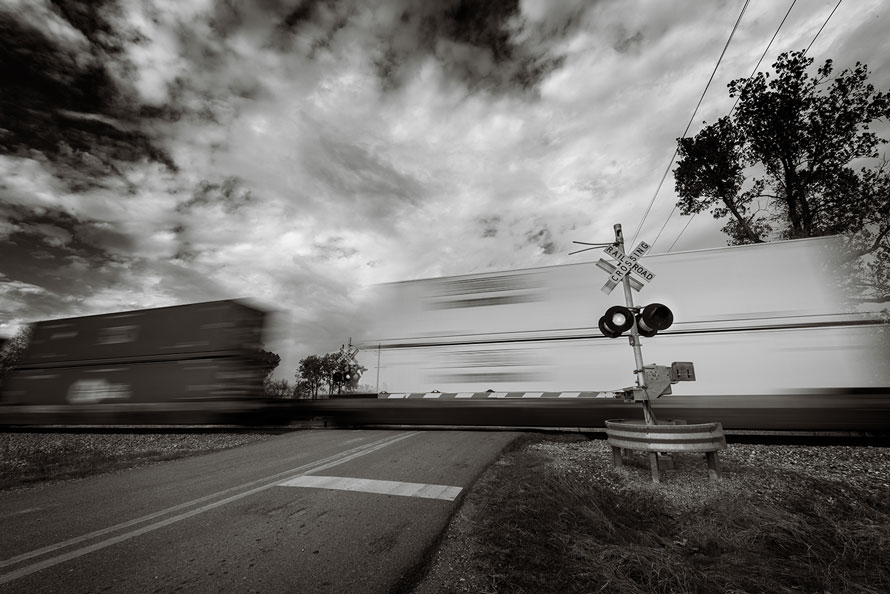West Leesport, Pennsylvania
In December 1990, the Reading, Blue Mountain & Northern Railroad (RBMN) bought 150 miles of tracks in east-central Pennsylvania from Conrail in the process of expanding from a 13-mile shortline (the Blue Mountain & Reading, on the remaining portion of the former Pennsylvania Railroad’s Schuylkill Valley branch) to a 300-mile regional. The “Anthracite Cluster” included mostly ex-Reading Company routes—both main lines and branches—as well as bits and pieces of ex-Lehigh Valley and ex-Central of New Jersey trackage.
To celebrate the expansion, and the railroad’s heritage, the Reading, Blue Mountain & Northern operated a weekend of freight and passenger trains in early June of 1991, using Reading Technical & Historical Society diesels and their own ex-Reading T-1 #2102—herself built in 1945 in the Reading Company’s shops in downtown Reading, Pennsylvania. For a few unseasonably hot days, the tracks between Reading and Cressona once again felt the weight of a giant 4-8-4 pulling coal cars, almost like the old days. (Unlike the old days, the engine wore Blue Mountain & Reading lettering on her tender, and all of the coal cars had Conrail markings, but I don’t think too many of the assembled fans minded much.)
Read more